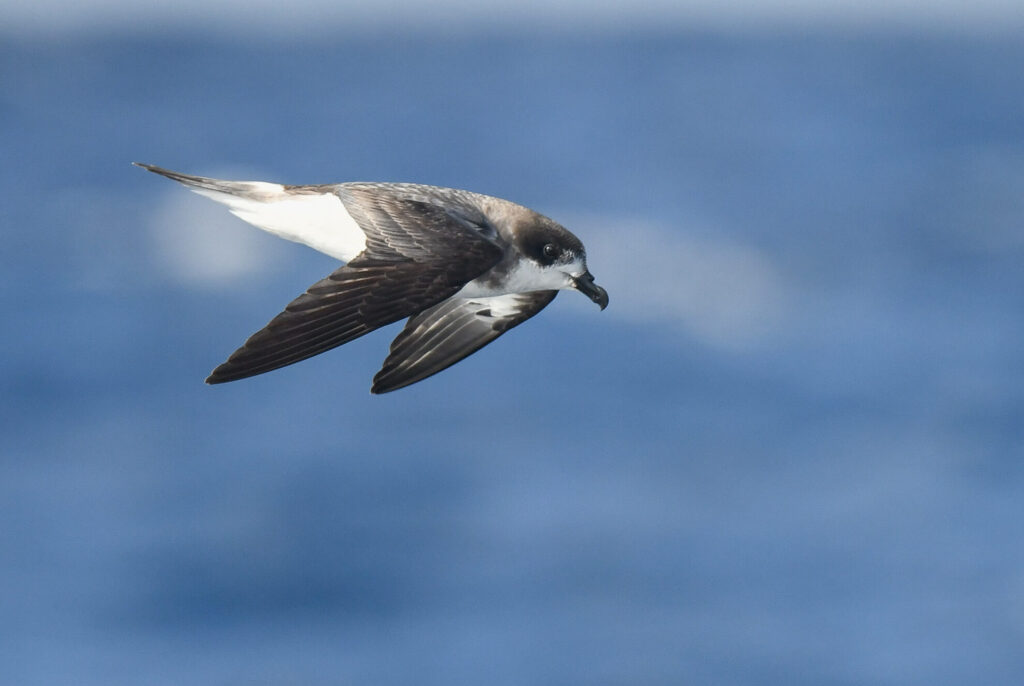2026 Spring Schedule
Two day sets available on: April 24, 25 (26) / May 1, 2, (3) / May 8, 9 (10) / May 15, 16 (17) / June 12, 13 (14) These are two out of three days, registration is required for both trips to participate!
SPRING BLITZ: Daily trips from May 20th through June 6th
*Multiple trip reservations only until after 1 January 2026!
2026 Summer Schedule
Two day sets available on: July 31, Aug 1 (2) / Aug 7, 8 (9) These are two out of three days, registration is required for both trips to participate!
August 14, 15, 16, 21, 22, 23, 27, 28, 29, 30
*Multiple trip reservations only until after 1 January 2026!
2026 Fall Schedule
Sept 12 (13) / 19 (20) / 26 (27)
Oct 3 (4)
*Dates in ( ) are obligatory weather dates!
Let us know if you have a group that wants to go seabirding! If you have enough people, we can add a trip to the schedule, or you might want to charter the boat for your own trip!!
*2026 Price: $235 per person per day for any number of Hatteras, NC trips if paid by credit card. *$15 off on each trip for two or more days in a 10 day period – so $220 per person per day – discount available with payment by check or money order only
*Meeting time 5:00 am at Hatteras Landing Marina in Hatteras, NC for Hatteras trips from early May through 9 August; 05:15 am from 14 August through 30 August; 05:30 am for trips in September and October
*Please check your confirmation to make sure you know what location your trip is running from! We will send directions with that confirmation once you have reserved space and made your payment!
*Duration : 10 to 11 hours
As in the past, we are open for charters if you would like to organize your own group of participants for a day offshore! In 2026 they start at $2400 for the first ten participants then $240/person up to 18 maximum.
We keep eBird lists and share them with participants! We request that you DO NOT make your own lists to keep these records offshore consistent and useful! Please be patient since we take time to make sure these lists are correct and we share them with our leaders before we share them with you to ensure nothing has been missed. However, during the spring blitz things can be really busy, so if there is a change to a list after we have shared it with you, we will send you an email to correct it. If you have any questions or issues with an eBird list or are not certain about the ID of a bird in a photo please email Kate at cahow1101@gmail.com and she can help you with that.
Most of the pelagic trips we run during the warmer months visit the Gulf Stream – a highly dynamic, warm water current that passes very close to Cape Hatteras. The Gulf Stream moves generally in a northeasterly direction. Near Cape Hatteras, the Gulf Stream meets the southbound Labrador Current. The latter is a cold water current, which has considerably less velocity than the Gulf Stream, but nevertheless plays and important part in creating the dynamic marine ecosystem along the west wall of the Gulf Stream. The west wall of the Gulf Stream is usually 20 to 25 miles from Hatteras Inlet.
While many species of pelagic seabirds feed primarily along the west wall of the Gulf Stream, some, such as the Black-capped Petrel (a regional specialty) are found primarily a few miles seaward of the Gulf Stream edge. Others, such as tropicbirds, may be found in the relatively unproductive Gulf Stream interior.
On some days the west wall of the Gulf Stream is easy to spot, as cobalt blue water meets shelf water that is green “as a gourd”. At other times, particularly if the stream is a bit farther offshore, the change might be subtle and there can be a large area of “blended water” between the shelf water and the axis of the stream. The axis is where the “hard current” is located. The current generally flows on a northeasterly heading at about 2 to 4 knots.
There are a number of seabirds typically associated with Gulf Stream water in the western North Atlantic. These are Black-capped Petrel, Audubon’s Shearwater, Band-rumped Storm-Petrel, White-tailed Tropicbird, Red-billed Tropicbird, Masked Booby, and Bridled & Sooty Terns. Many of the rarities we see, Bermuda Petrel, Fea’s Petrel, & Trindade Petrel, are seldom found away from this feature, but that might be more of a coincidence than a real association, because we see a number of cold-temperature species in the Gulf Stream with great frequency, for example Great Shearwater, Sooty Shearwater, & Wilson’s Storm-Petrel.
In any event, for most of the spring and summer, the Gulf Stream off Cape Hatteras is probably the most consistent (and convenient) place in the western North Atlantic for finding a variety of pelagic seabirds on any given day. Getting there usually only takes between 2 to 2.5 hours of traveling each direction, so most of our day is spent in or along the Gulf Stream.
